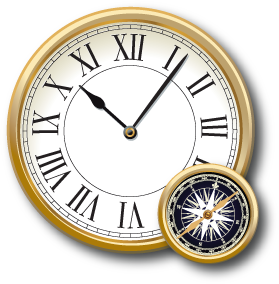233-using-lunar-distances-to-find-longitude-peter-apian-cosmograpica-dibner-ga6.a4x-rb-nmah-col.jpg

Astronomers had long known that the Moon changes its position against the background of the sky and stars fairly quickly. This steady motion could be used to measure time.




